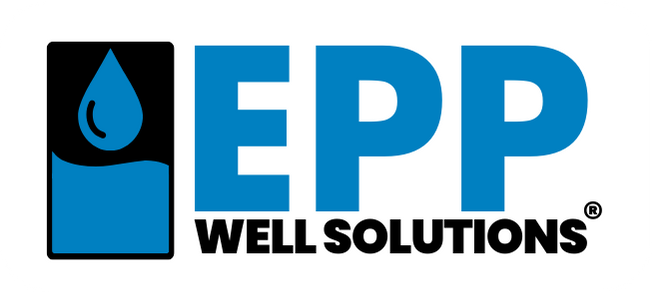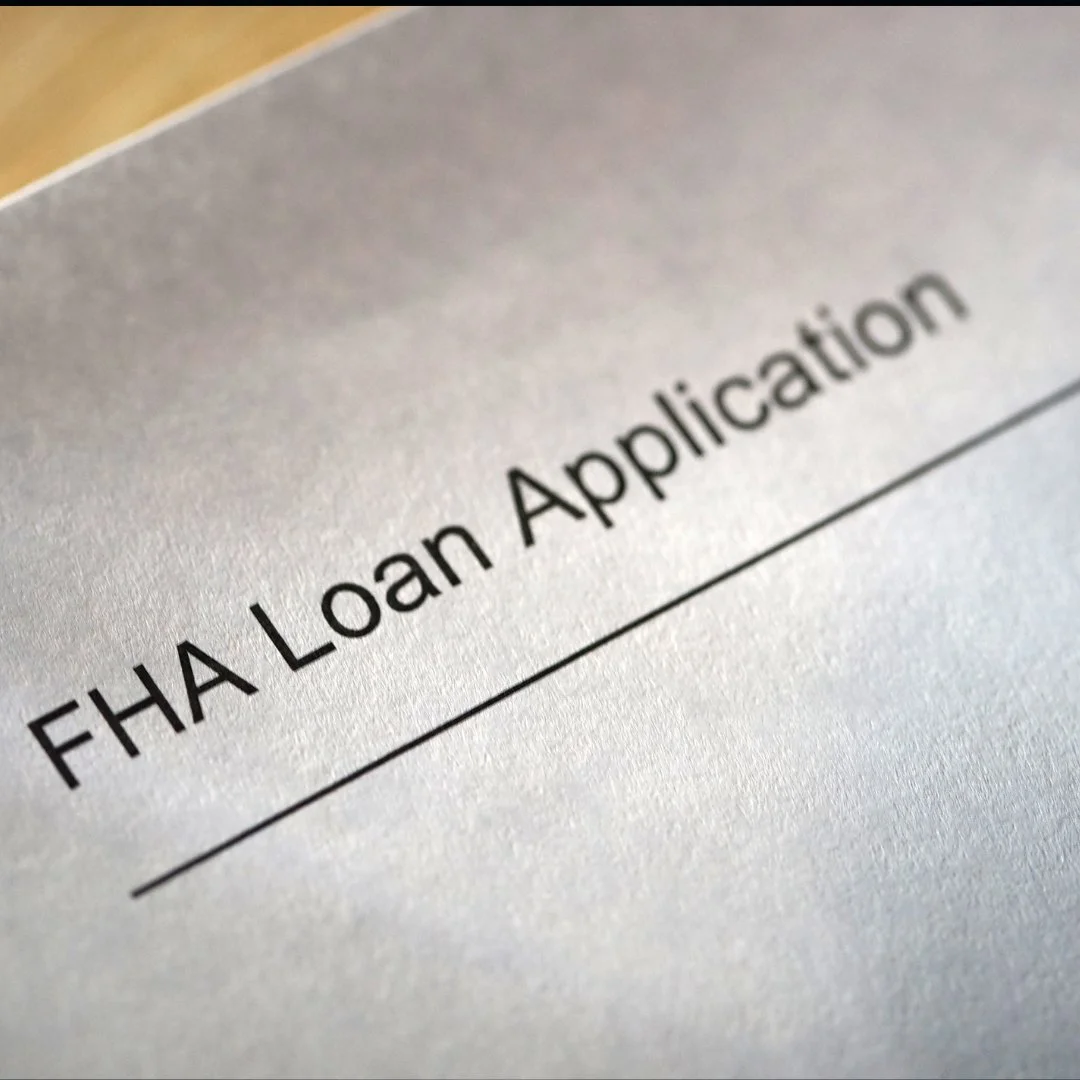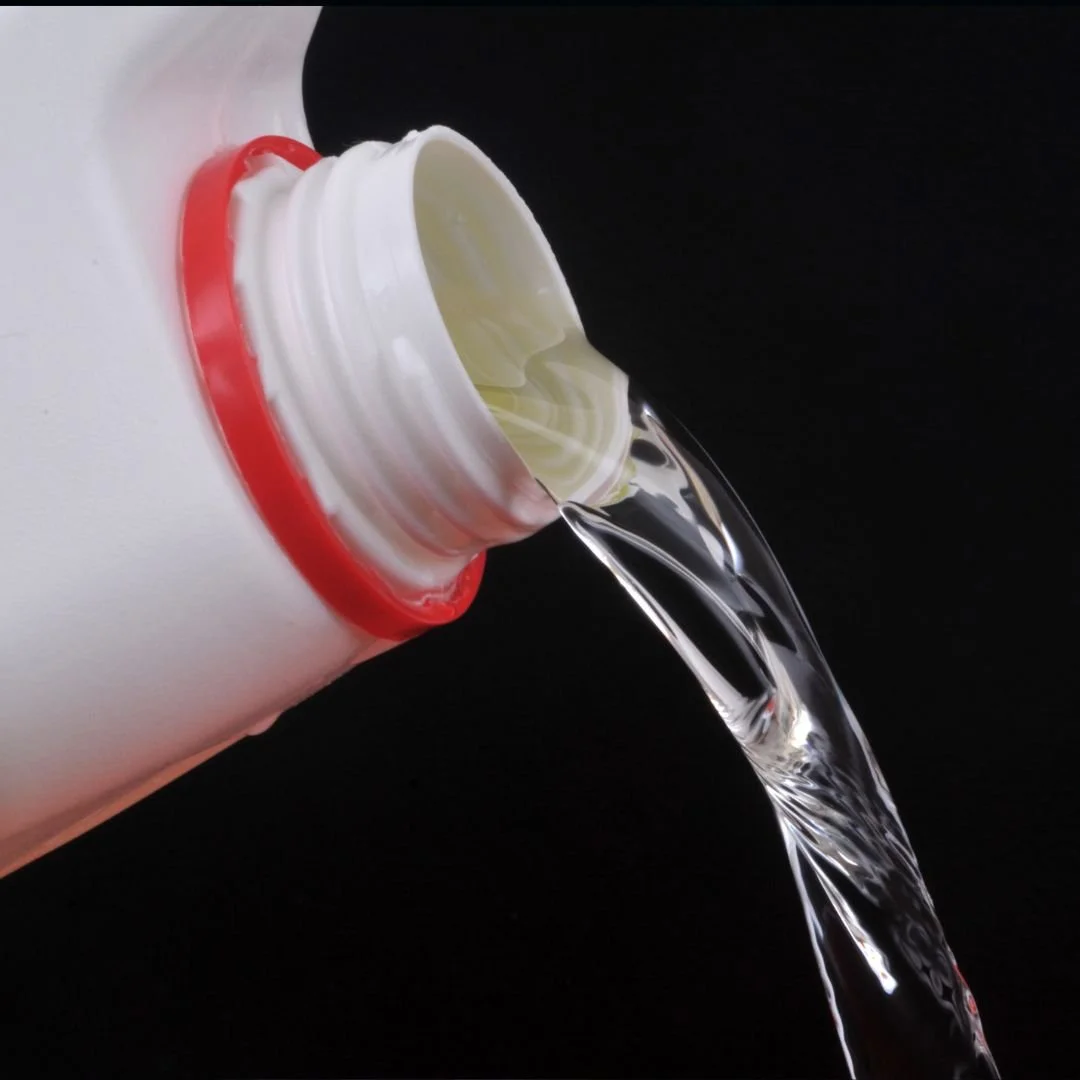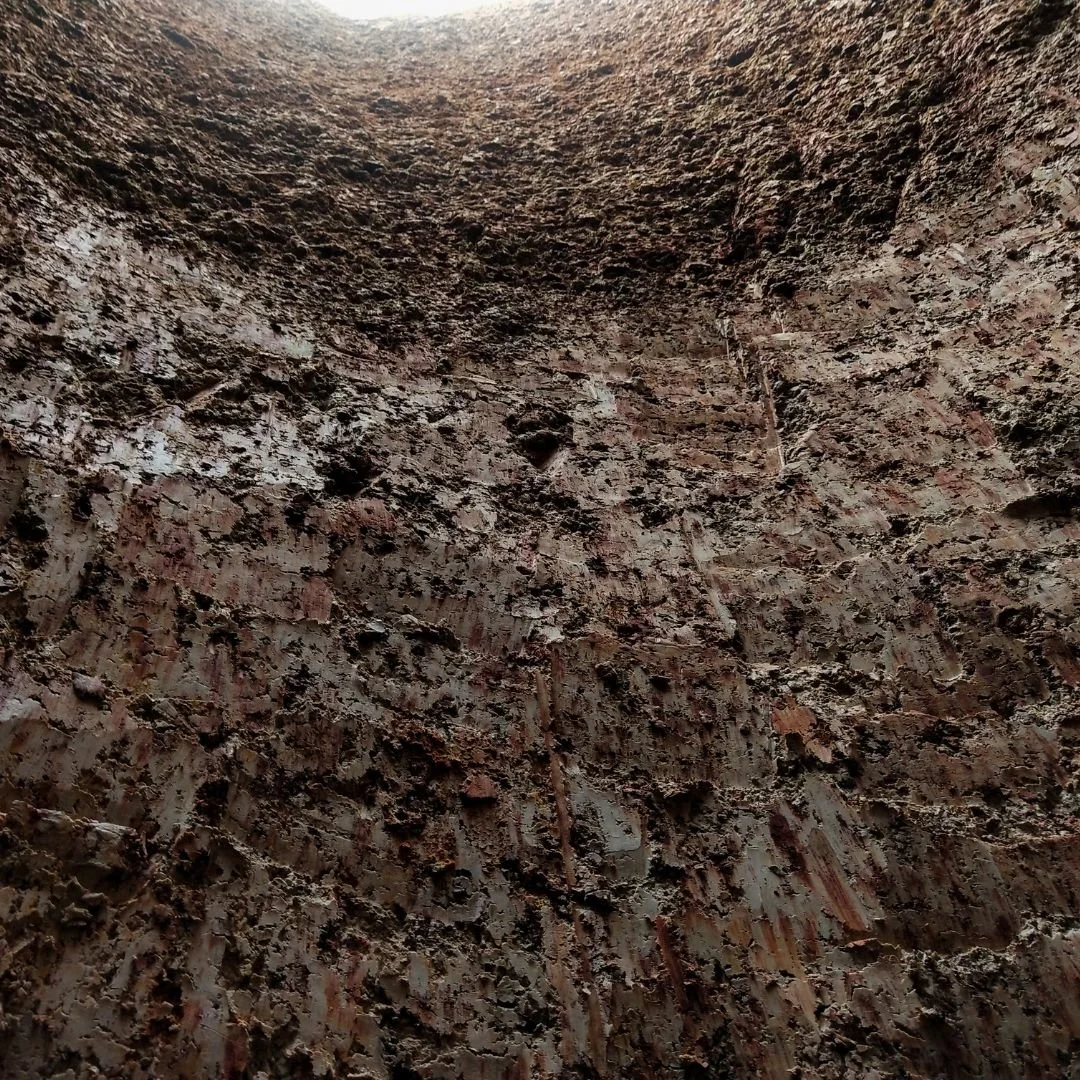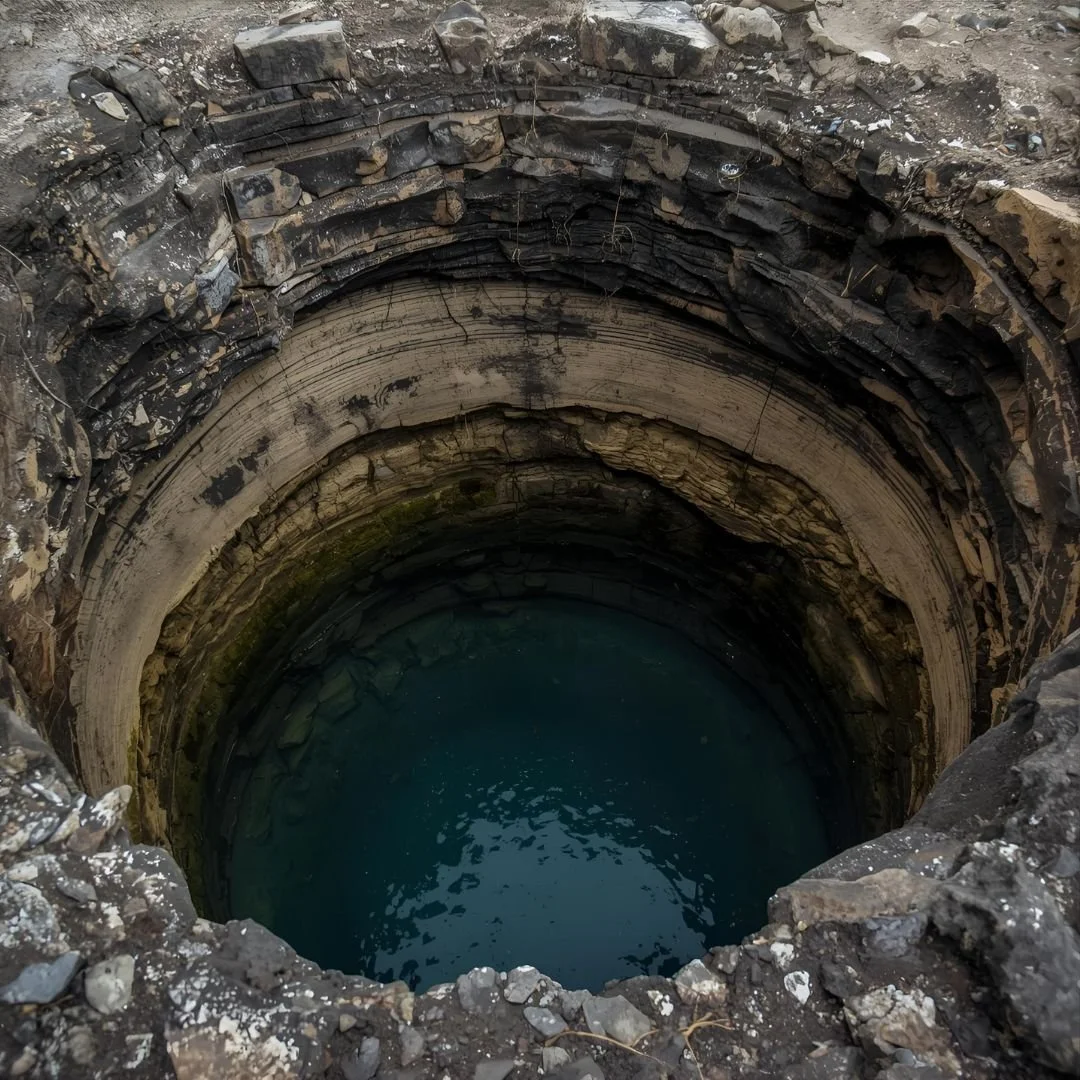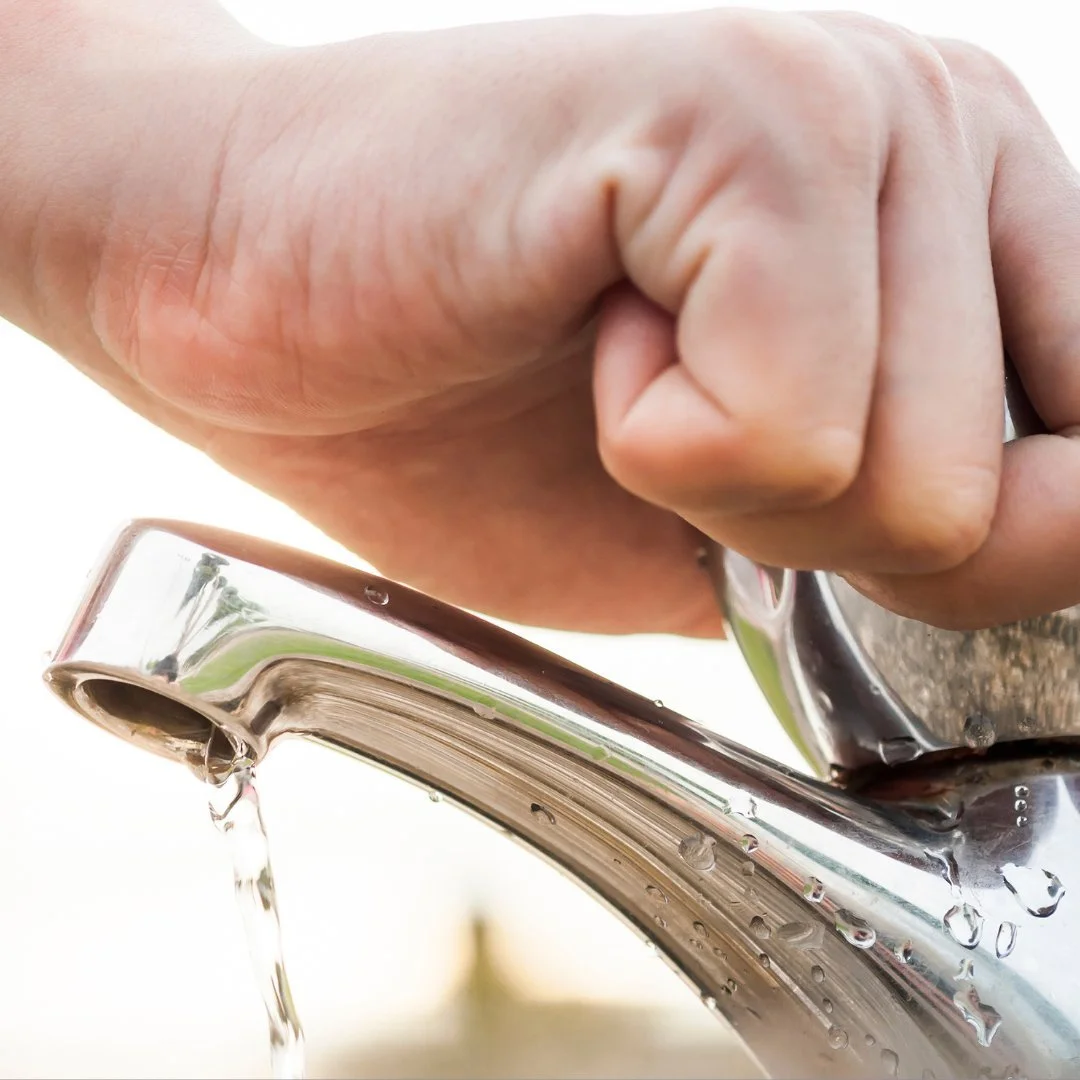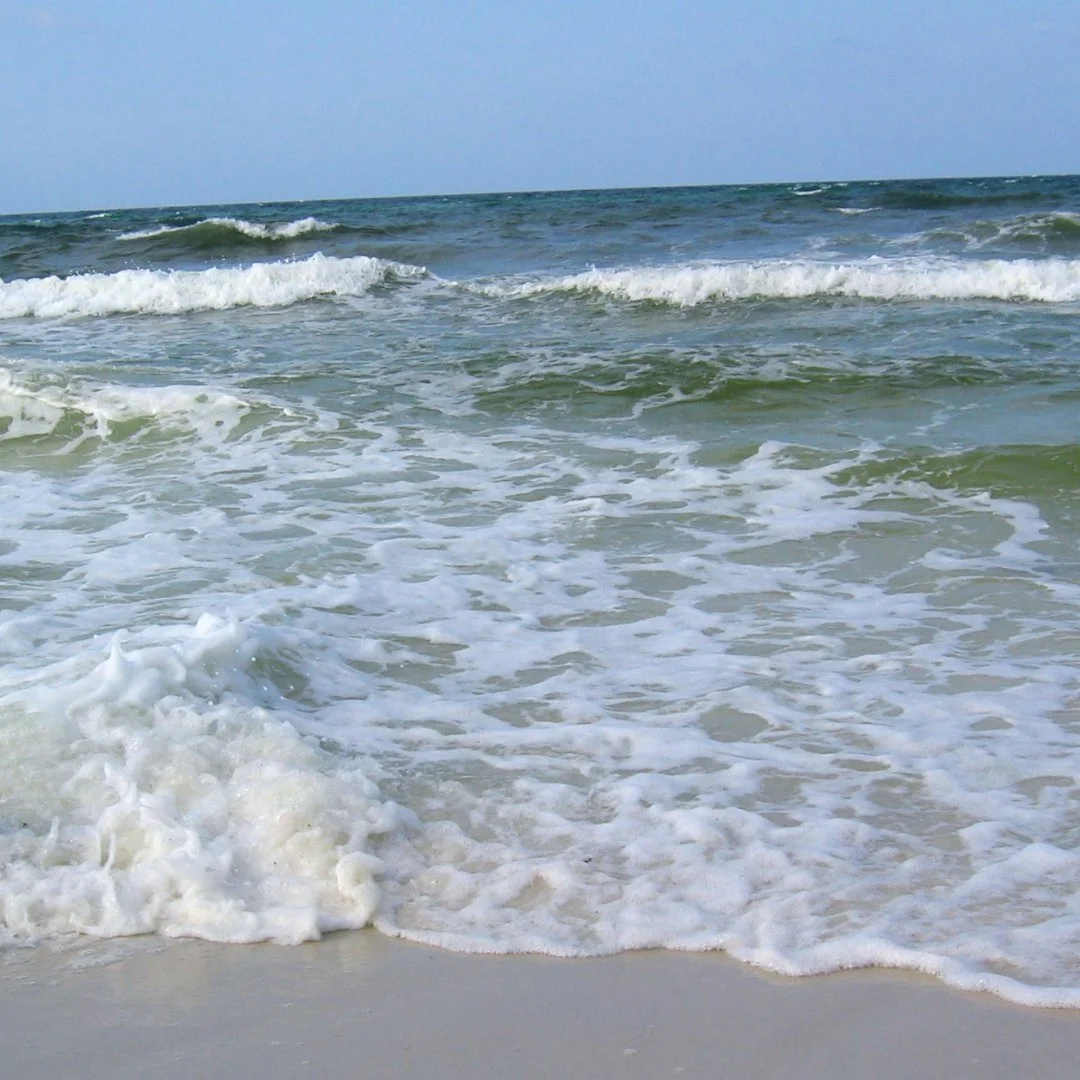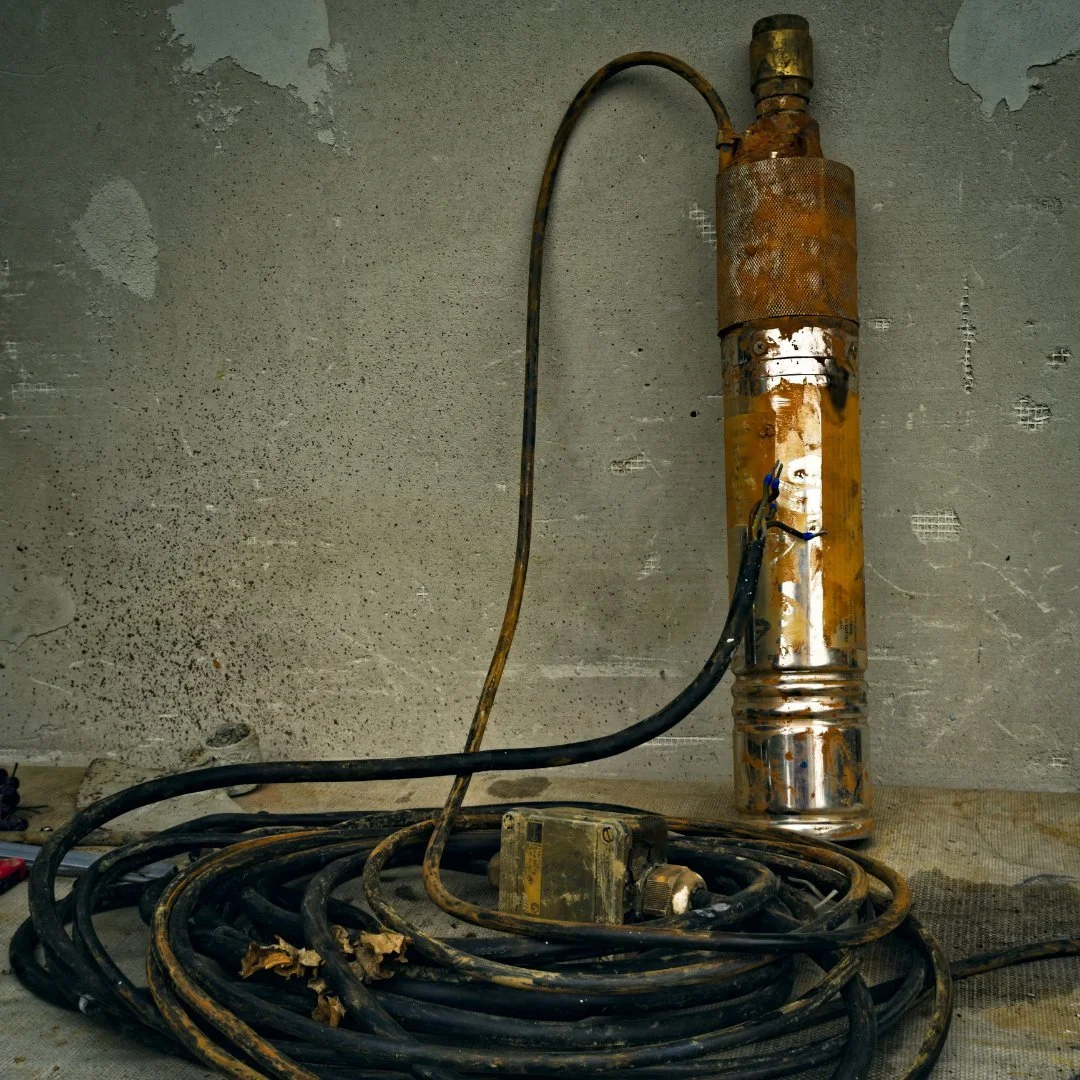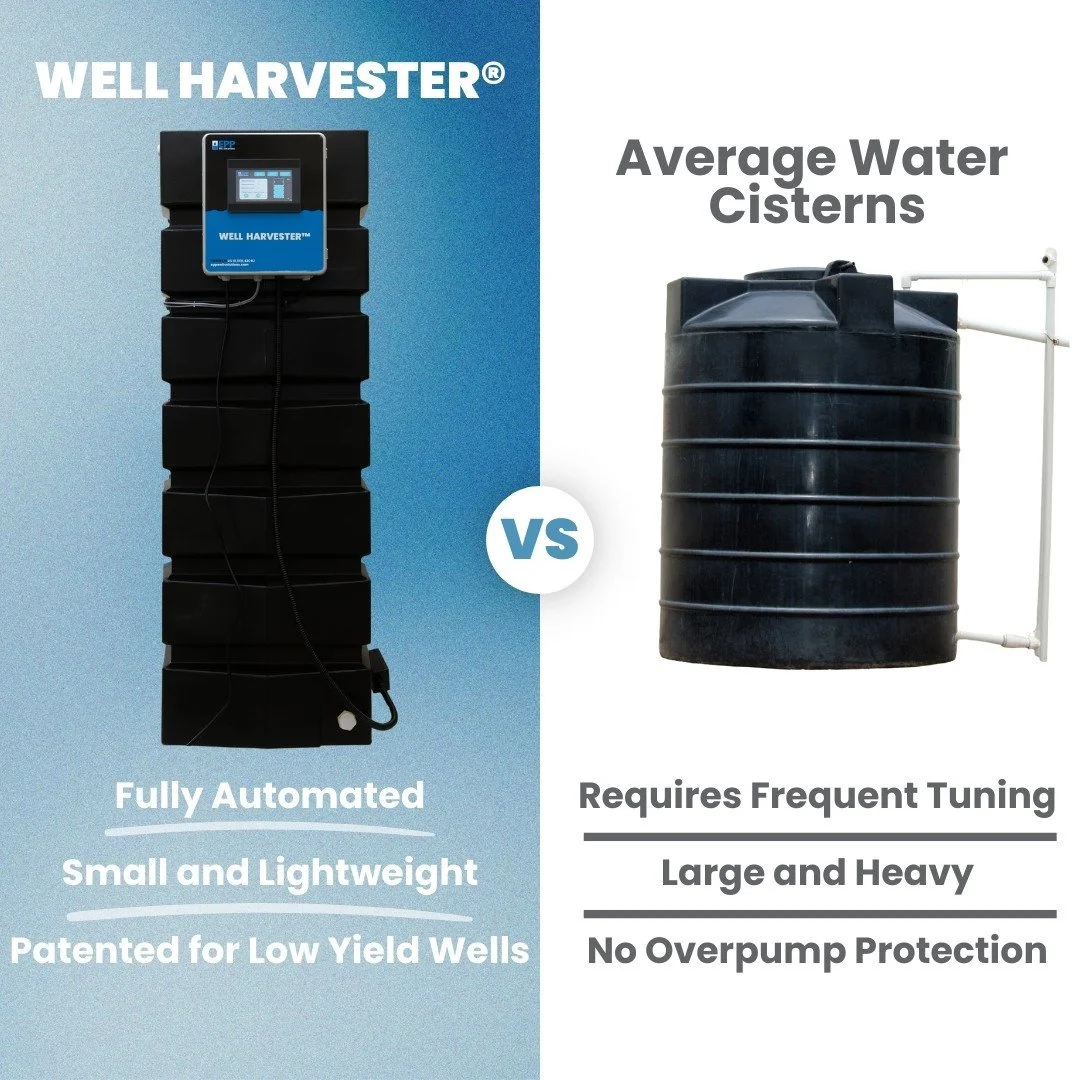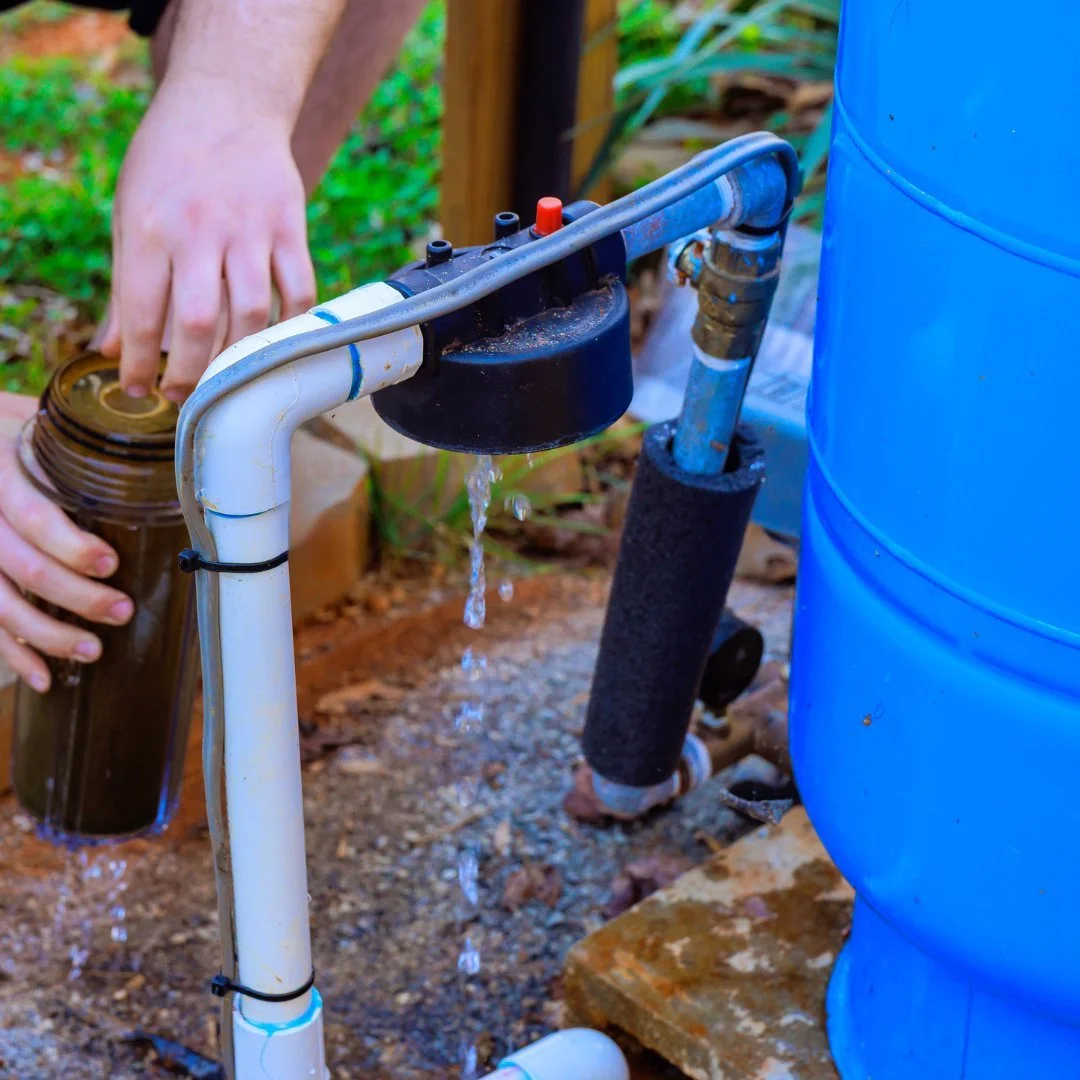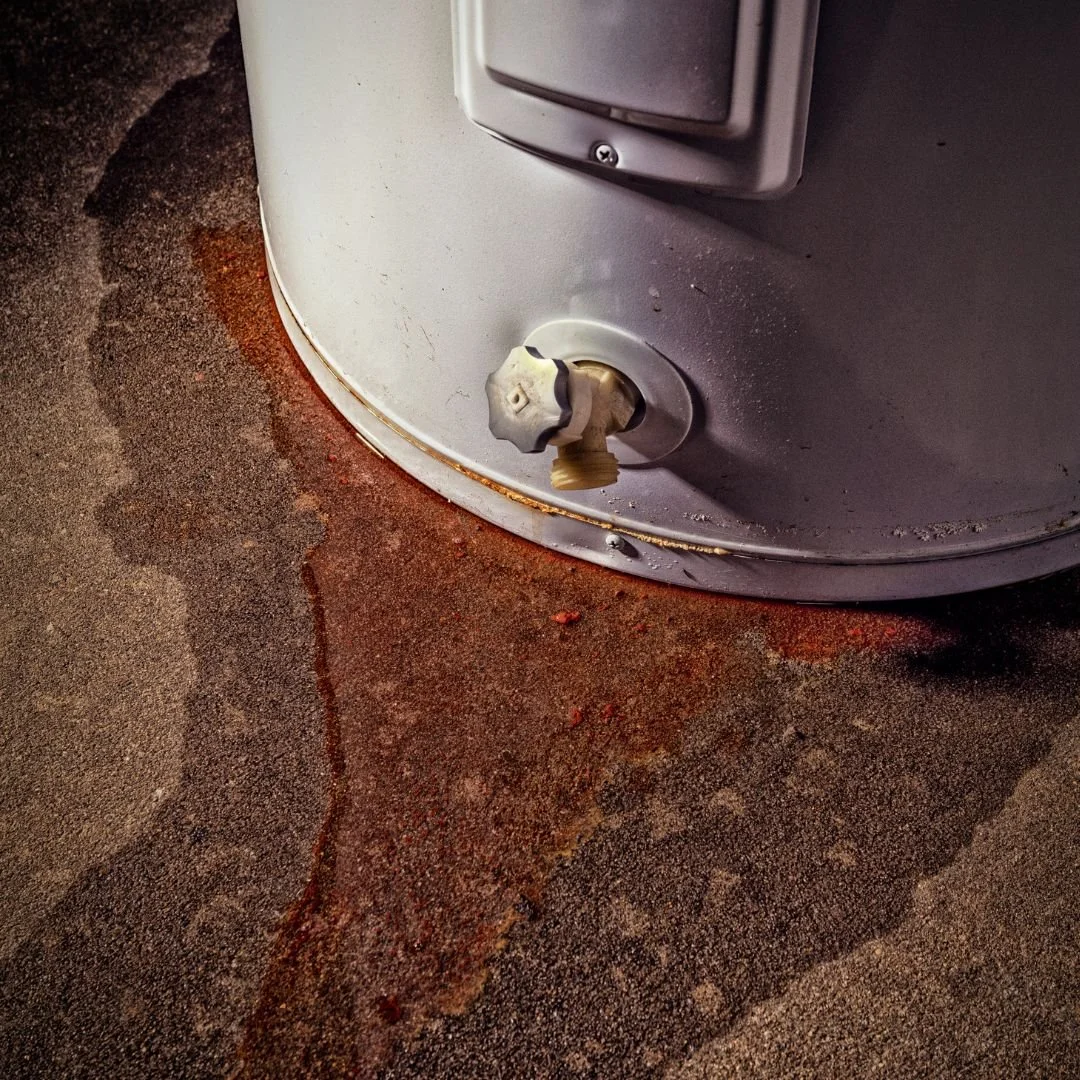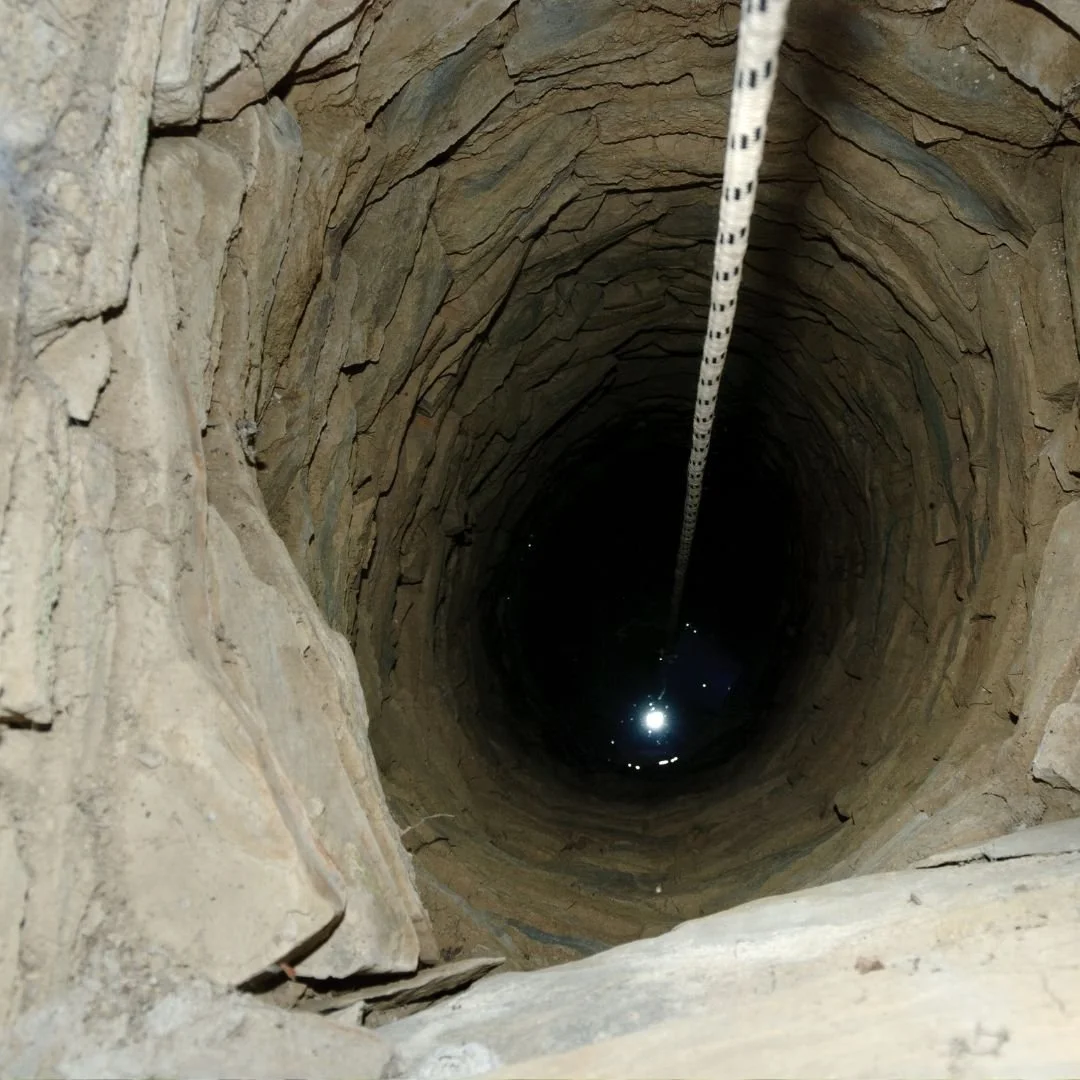FHA and VA Loan Requirements for Well Water: A 2025 Guide
Buying or selling a home with a private well using FHA or VA financing? Discover the non-negotiable water quality and flow rate standards you must meet in 2025, and how to keep your deal from failing if your well has low yield.
Should You Chlorinate Your Well? When and How to Properly Shock a Well
Tired of slimy red gunk in your toilet tank, rotten-egg smells that come and go, or (worst of all) a lab report showing coliform in your drinking water? Here’s exactly when you must shock your well with chlorine, when it’s a waste of time, and the step-by-step method that actually kills the bacteria instead of just making them angry—plus how modern storage systems like the Well Harvester® let you disinfect without leaving your family high and dry for a single day.
Testing and Mitigating Arsenic and Radon in Well Water
Your private well water might look crystal clear and taste perfectly fine—yet silently deliver arsenic that raises cancer risk or radon that becomes the second-leading cause of lung cancer in America. Discover exactly how to test for these invisible threats and the surprisingly effective ways to remove them before they harm your family.
Diagnosing and Replacing a Faulty Well Pressure Tank
Is your well pump short-cycling or your shower pressure fading mid-rinse? Discover how to diagnose and replace a faulty pressure tank in one afternoon—plus the innovative upgrade that can end low-yield headaches for good.
What Are Unconfined Aquifers? Everything Private Well Owners Need to Know
Think your well water is safe just because it’s “underground”? Here’s the truth most drillers won’t tell you: if you’re on an unconfined aquifer, everything happening on your land today is in your glass tomorrow—and one dry summer can empty it completely.
What Are Well Fractures? Harvesting for Well Owners
Discover the hidden cracks powering your well and how smart harvesting turns low-yield fractures into a reliable water supply—without the risk of running dry.
Static Water Level: The Single Metric That Protects Your Well’s Life
Homeowners often manage water with constant anxiety, unaware that the Static Water Level (SWL) is the hidden diagnostic metric that predicts their well's ultimate longevity. We break down the relationship between SWL and dangerous over-pumping so you can master the knowledge required to protect your well asset and restore permanent peace of mind.
Scaling Your Well Setup for Home Additions or Expansions
Home additions and expansions mark exciting milestones—whether it's crafting a sunlit family room for game nights or a welcoming guest suite for relatives.
The Science of Biofouling in Wells and Prevention Tactics
In the hidden depths of your water well, a microscopic battle rages—one that could turn your reliable water source into a clogged, contaminated nightmare.
The Link Between Well Location and Long-Term Yield Stability
Imagine sinking that first well on your dream rural property, the drill bit humming through layers of earth, promising endless, self-reliant water for your family. Fast forward a few years: summer droughts hit harder, household demands grow, and suddenly your once-reliable flow sputters to a trickle.
Understanding pH Levels in Well Water: Testing and Balancing
As a new or seasoned well owner, it's easy to feel overwhelmed by water quality jargon, but understanding pH isn't just technical—it's the key to protecting your health, your home's plumbing, and even your peace of mind.
Navigating Well Permits: A Step-by-Step Guide for New Homeowners
Buying your first home is a milestone that blends exhilaration with a dash of daunting reality. For many new homeowners venturing into rural or semi-rural properties, the dream often includes the independence of a private water well.
How Often Well Water Should Be Tested
For the 43 million Americans relying on private wells for their drinking water, ensuring its safety and quality is a critical responsibility. Unlike municipal water, which undergoes regular testing and treatment, well water quality can vary due to natural conditions, human activities, or system wear.
How to Fix a Water Well With a Declining Yield
A declining water well yield can disrupt daily life, turning routine tasks like showering or running appliances into a challenge. With growing demands on groundwater due to population growth and varying water use patterns, low-yield wells are a pressing issue for many U.S. homeowners, especially in rural and coastal regions.
Brackish Wells and Desalination: Emerging Solutions for Coastal Properties
As coastal communities across the United States grapple with the dual pressures of population growth and shifting water availability, access to reliable freshwater is becoming increasingly challenging. With expanding development and varying precipitation patterns, many homeowners in regions like the Gulf Coast, Florida, and California are turning to brackish wells as a potential lifeline.
How to Keep Your Well Pump From Dry Running
As a homeowner dependent on a private well, the last thing you want is for your pump to run dry—a scenario where it operates without water, leading to overheating, mechanical damage, and potentially costly replacements.
Well Harvester® vs. Competitors: A 2025 Feature-by-Feature Breakdown
As we navigate the water challenges of 2025, homeowners with private wells are increasingly turning to advanced management systems to combat low yield issues.
Diagnosing Intermittent Well Issues: Beyond the Basics of Low Pressure
Intermittent well issues, particularly those manifesting as fluctuating water pressure, can disrupt daily life—from inconsistent showers to unreliable appliance performance. While basic low pressure problems often stem from simple fixes like adjusting a pressure switch or cleaning a clogged aerator, intermittent issues delve deeper into the complexities of your well system.
How to Handle High Iron Content in Your Well Water
For homeowners relying on private wells, water quality can significantly impact daily life, from drinking and cooking to bathing and appliance use. High iron content is one of the most common issues in well water, particularly in regions with iron-rich soils or bedrock.
How to Calculate Your Well's Recovery Rate
For homeowners relying on private wells, understanding the well’s recovery rate is critical for managing water supply, especially in low-yield wells producing less than 1 gallon per minute (GPM). The recovery rate, or the speed at which a well refills after water is pumped out, determines sustainable water draw without depleting the aquifer or damaging the pump.
